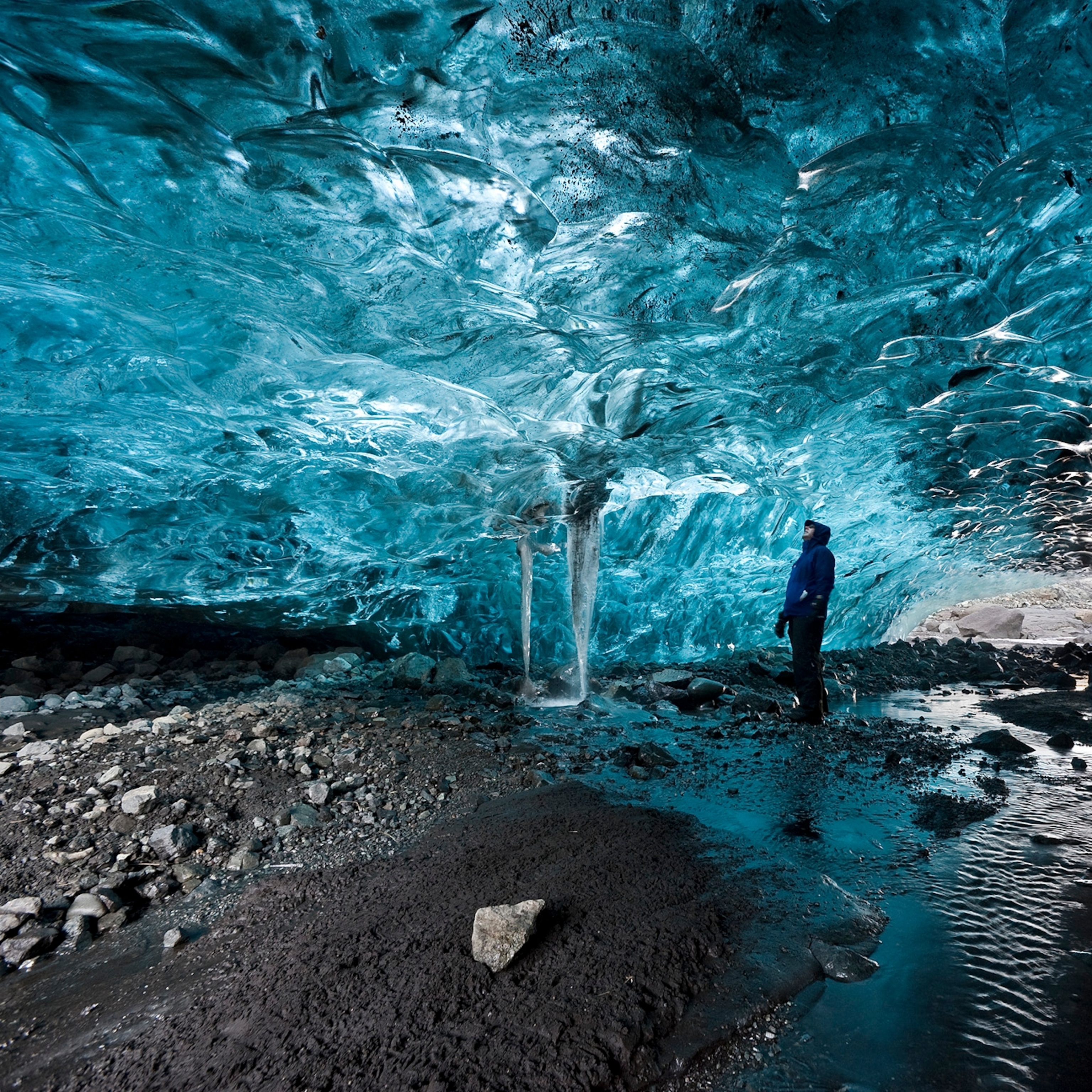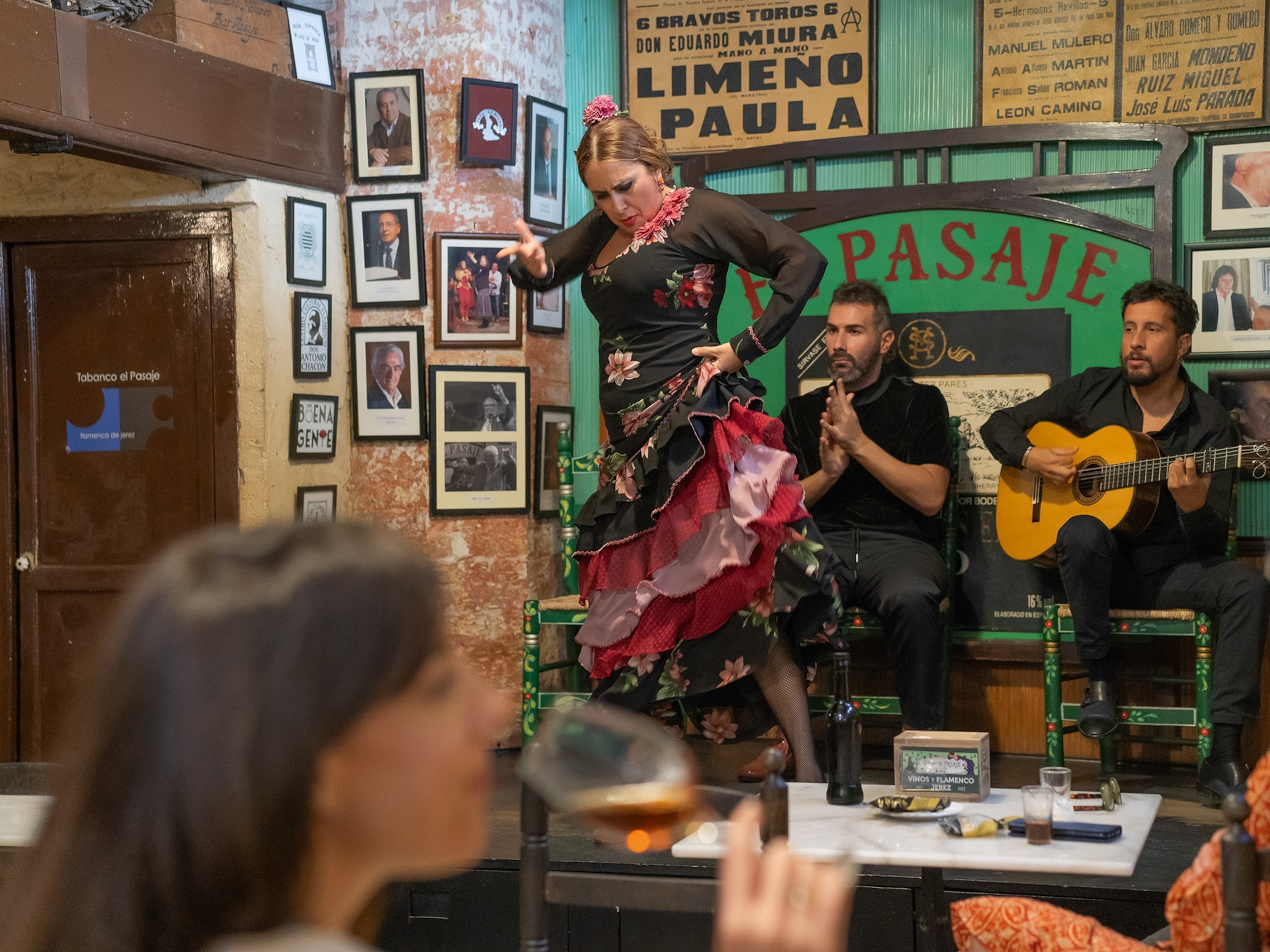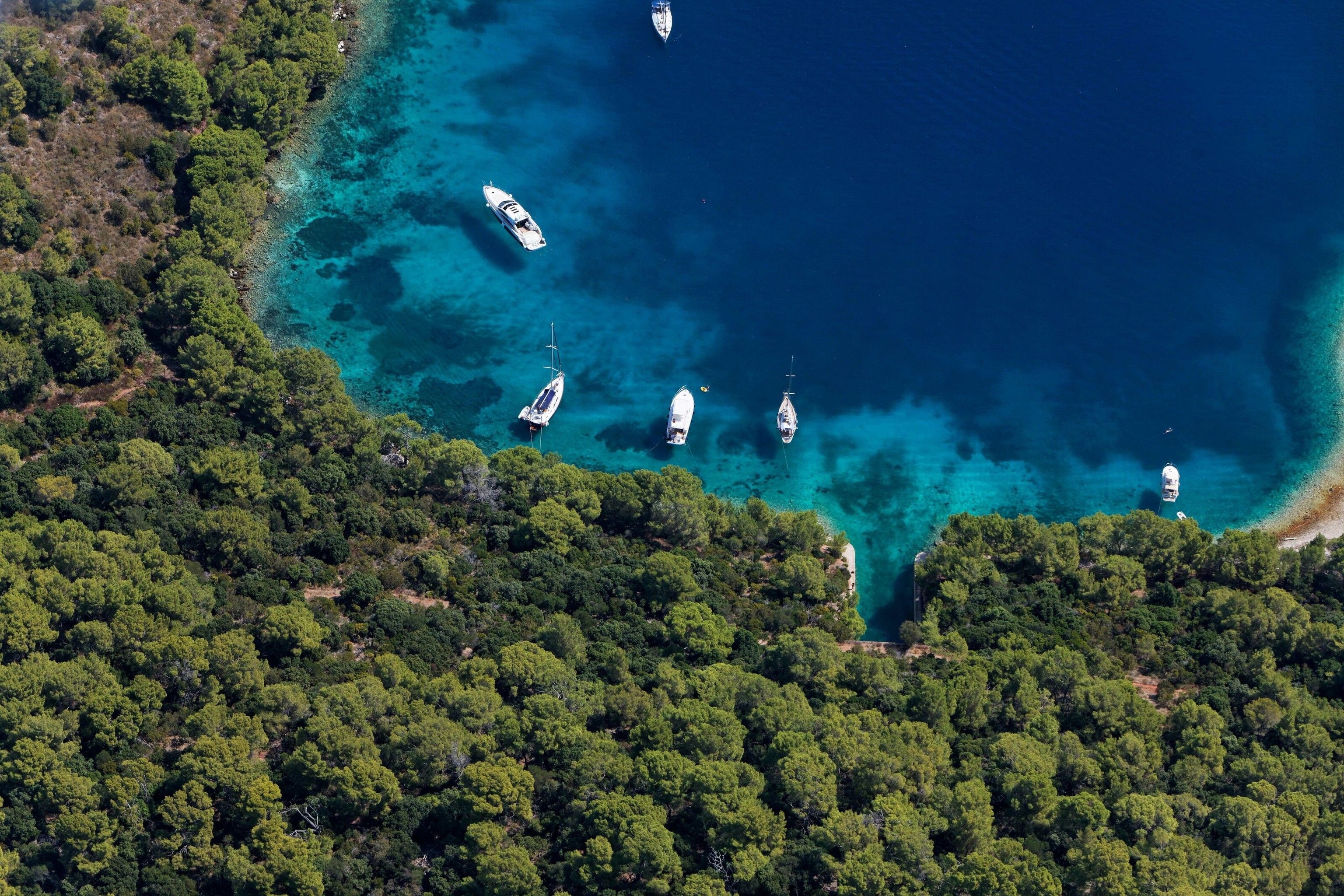
Beyond the crowds in Croatia: five lesser-known spots to discover
Dubrovnik, Split and Zagreb may be Croatia’s classic big hitters, but venture further on foot or by ferry and you’ll discover destinations that few travellers see. Here are five to add to your wishlist.
Croatian islands hopscotch across the Adriatic Sea, some little more than uninhabited specks of rock, others ripe for exploration, with fishing villages, serving boat-fresh seafood, ancient forts and monasteries, and trails through olive groves to hidden coves as white as snow. On the Dalmatian Coast, karst mountains plunge into valleys, forming ragged peaks, canyons and lakes that attract rare birdlife. And whether you’re eating fresh lobster at a humble konoba (tavern), clambering up to a medieval fort as the cicadas begin their dusk chorus or watching the Milky Way light up night skies, Croatia’s food, cultural heritage and nature touch deeper than you might imagine.
1. Lastovo
As the amphitheatre-like city of Split fades and the ferry judders south across the piercing blue sea, Lastovo appears as a vision in green and blue in the heat haze. It’s all pine, sea and sky on this remote, time-lost island, home to just 800 people. It’s a fine place to unplug, with deep sapphire waters sprinkled with forested islets, mellow fishing villages and smooth white-pebble coves where the sea is as clear as stained glass.
Life on this island moves to a blissfully relaxed beat and pleasures are simple: come to swim, dive to underwater caves and wrecks, eat fresh lobster pasta prepared with white wine, wild herbs and ripe tomatoes at a family-run konoba, and, as darkness falls, gaze up to some of Europe’s starriest night skies.
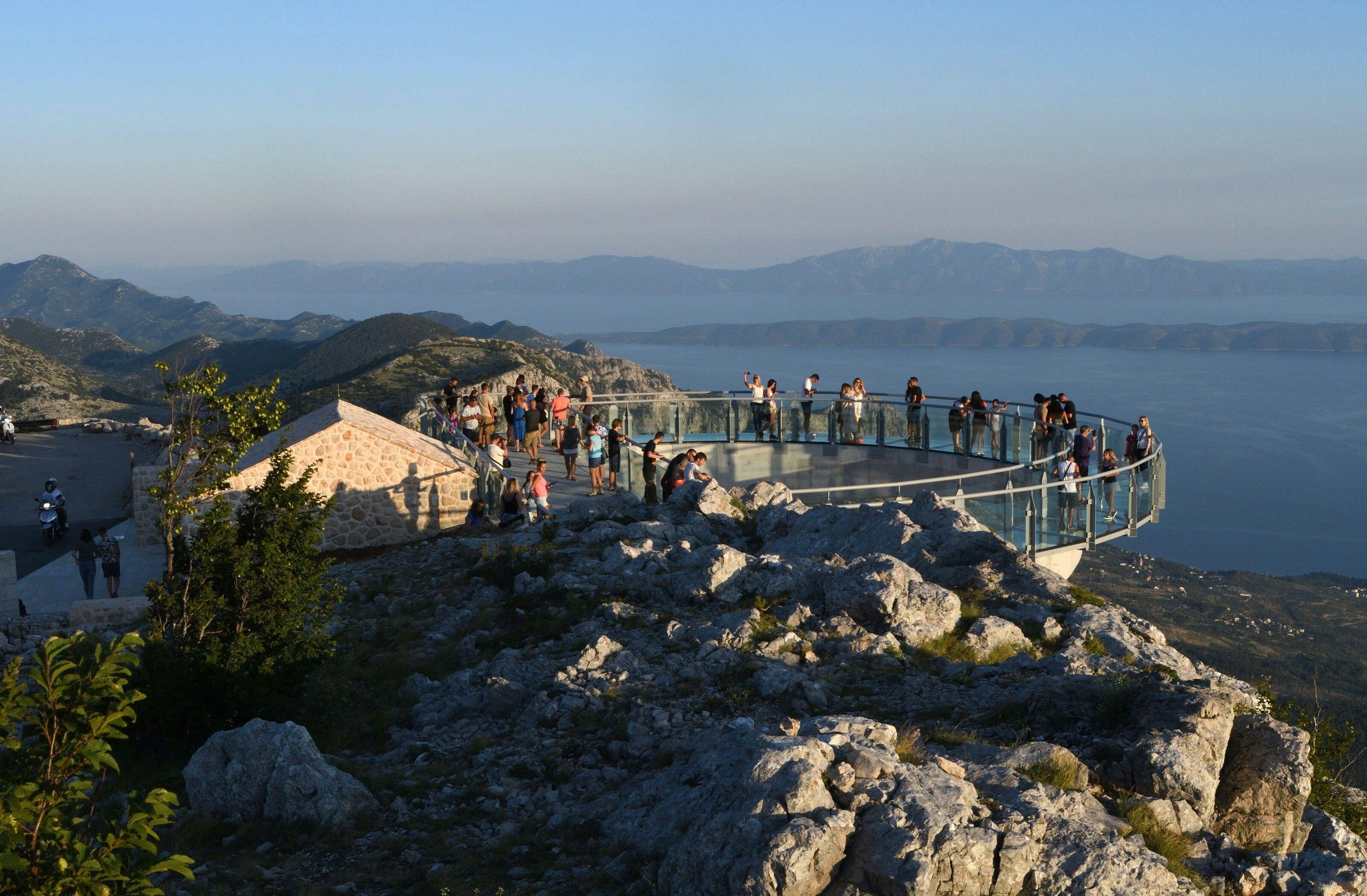
2. Biokovo
Where limestone peaks crash down to the Adriatic Sea, the Biokovo mountains are one of Croatia’s greatest unknowns. This ravishing, cliff-wrapped stretch of the Dalmatian Coast is pure drama, whether you’re hiking, cycling or driving along hairpin roads into the karst wilderness. Walking trails pick their way through the nature park, with olive groves, vineyards and pine forests at lower reaches giving way to stark cave-pitted mountains where wild horses and Balkan chamois roam. Humans have also left their mark on the region, which is sprinkled with prehistoric fortifications, burial mounds and ancient shepherd’s huts.
Capping things off at 5,721ft is Sveti Jure, Croatia’s third-highest peak. The eight-hour scramble to its top is for experienced hikers only. Otherwise, take the gaspingly narrow road to the summit for a peek at the pre-Romanesque chapel of St George and stirring views reaching all the way to the Apennines in Italy. Or, for equally lovely views over mountain and sea, head to the Skywalk, a crag-clinging glass lookout platform in the park’s south.
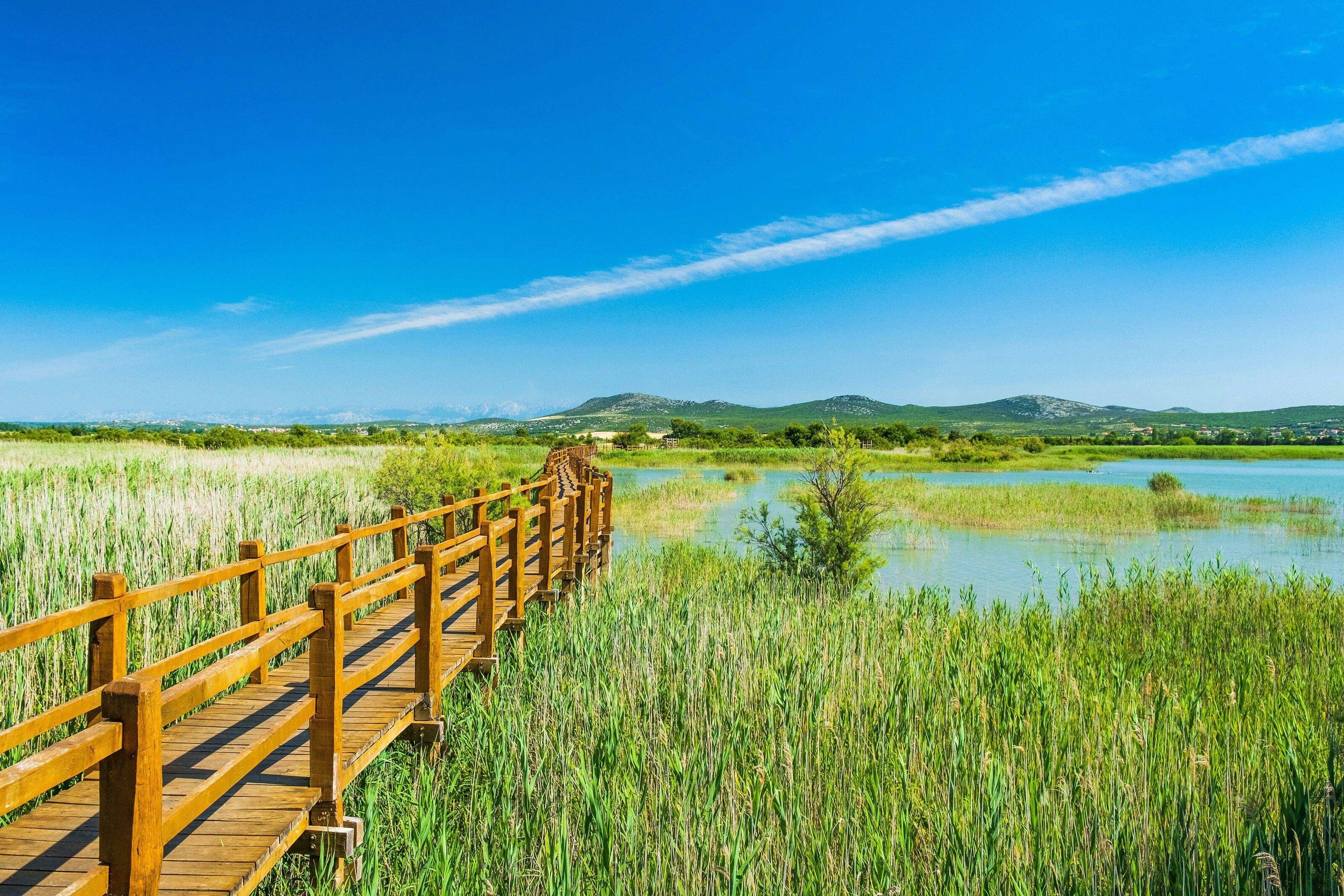
3. Lake Vrana
Pristine, brilliantly blue, reed-fringed Lake Vrana in Dalmatia is Croatia’s largest lake. And what a wild beauty it is — all the more so for being just a 45-minute drive south of Zadar’s urban buzz. A mix of saltwater and freshwater, the coastal karst lake is the jewel-like centrepiece of a peaceful, crowd-free nature park. Hiking and cycling trails and boardwalks weave along its shores and kayaks ruffle its waters, but the real thrill is for birdwatchers, especially in the crisp, calm months of spring and autumn when many migratory species are on the move.
Go in the hush of morning or in the peachy glow of sunset and you’re in for a treat, with some 260 species to observe, among them egrets, wild ducks, pygmy cormorants, purple herons, eagle owls, spoonbills and kingfishers. Bring your own binoculars or hire some at Crkvine information centre.

4. Vis Archipelago
Vis had a starring role in the 2018 film Mamma Mia! Here We Go Again, but this cinematically beautiful island hasn’t let fame go to its head. An hour-and-a-half catamaran ride away from Split, this Dalmatian island remains remote and tranquil, especially if you avoid peak summer. And it’s gorgeous, too, with fishing villages dotted above white-pebble coves that are surrounded by cliffs and lapped by cerulean waters, and hills blanketed in pine forests, olive groves and citrus orchards. The Greeks, Illyrians and Romans — and later the Venetians — loved Vis and left their imprint on everything from the vugava vines that produce the island’s refreshing white wines to gracious palazzi and Italian-inflected dishes like barley risotto with prawns.
The sparsely populated archipelago includes Vis and its smaller neighbours: Biševo (with its shimmering Blue Cave), Sveti Andrija, Brusnik, Jabuka and Palagruža. This UNESCO Global Geopark sits on the oldest rocks in the Adriatic, which bubbled to the surface some 220 million years ago as the result of volcanic activity.
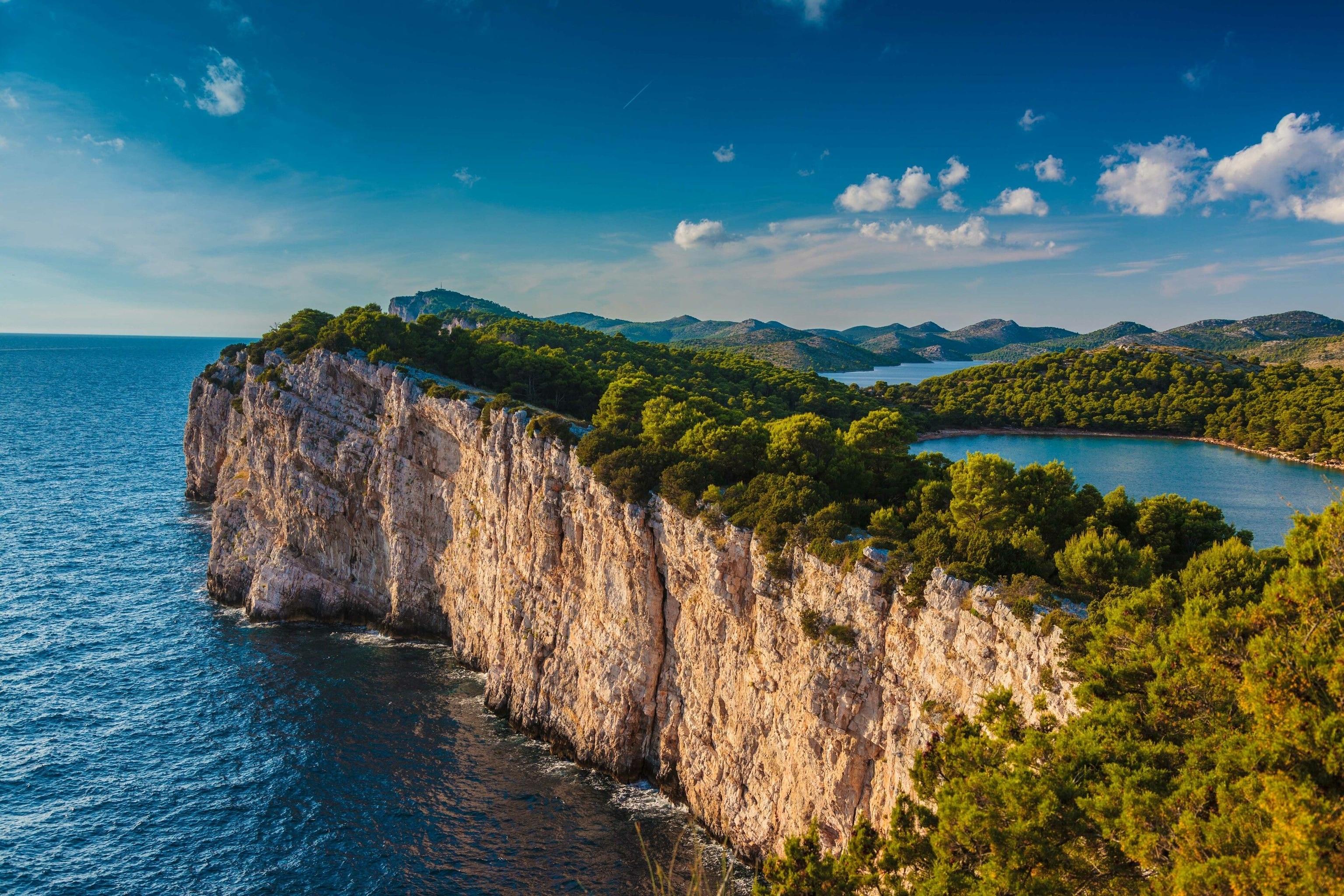
5. Telašćica
Where the slender island of Dugi Otok dips its toe into the Adriatic is Telašćica Nature Park, a visually stunning region with wooded hills, coral lagoons and limestone cliffs above ink-blue waters. Indented with secluded coves (many accessible only on foot or by boat), capes, caves and islands, the park contrasts a wild, barren north with a lush south bristling with Aleppo pine, holm oak, olive and fig trees. Liburnian grave mounds, Roman villa remains, early Christian churches and medieval villages point to a long and fascinating history.
This under-the-radar park is a fabulous place to get away from the crowds and back to nature, hiking, kayaking, fishing, diving and dolphin watching, or perhaps swimming in the salt lake of Mir, a karst depression flooded by seawater during the last Ice Age.
For more information, visit croatia.hr
Follow National Geographic Traveller (UK) on social media

